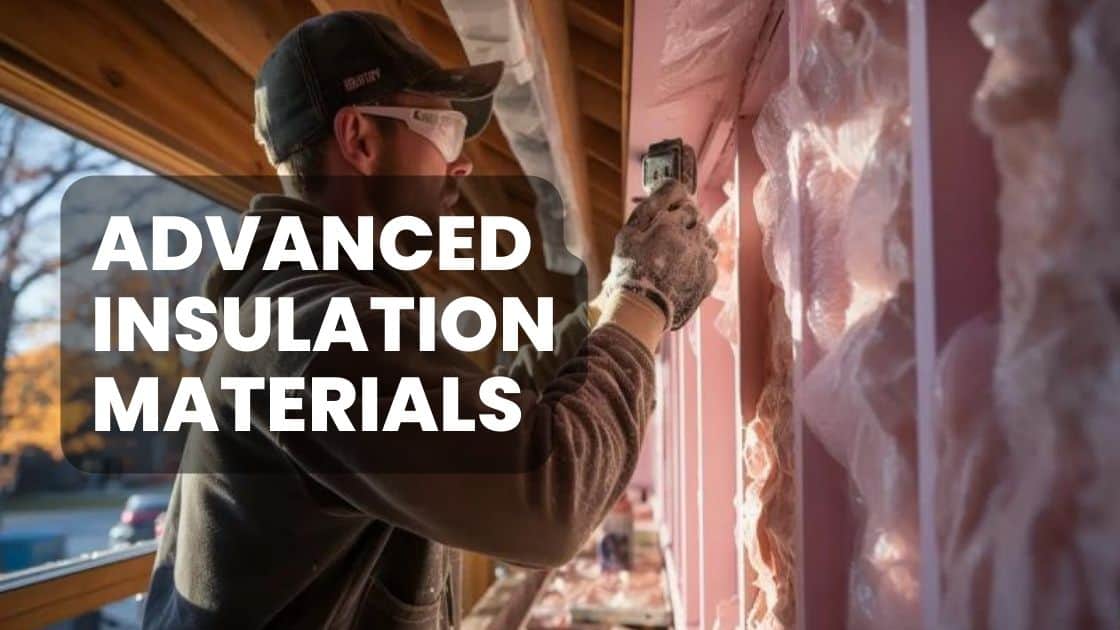
Account

In the quest for sustainability and energy efficiency, advanced insulation materials have emerged as game-changers in modern architecture. These materials not only enhance thermal performance but also contribute to improved indoor air quality, noise reduction, and overall building durability. This blog delves into the latest advancements in insulation technology and their significant impact on contemporary architectural practices.
Effective insulation is critical for:
Aerogels
Vacuum Insulation Panels (VIPs)
Phase Change Materials (PCMs)
Bio-based Insulation Materials
Reflective Insulation
Enhanced Energy Efficiency
Improved Indoor Comfort
Sustainability
Noise Reduction
Healthier Indoor Air Quality
Eco-friendly Homes
Commercial Buildings
Retrofitting Projects
Advanced insulation materials are revolutionizing the field of architecture by offering innovative solutions for energy efficiency, sustainability, and indoor comfort. As the industry continues to evolve, these materials will play a pivotal role in shaping the future of building design and construction. By integrating these cutting-edge insulation technologies, architects and builders can create structures that are not only environmentally responsible but also provide superior performance and occupant well-being.
Explore the possibilities of advanced insulation materials with Ibeam and discover how we can help you achieve your sustainability goals and enhance the efficiency of your next project.
Your one stop solution for all your construction needs.
Tailored made solutions for your requirements
Prompt, Precise and Guaranteed timely delivery, every time.
Personalized assistance and expert guidance every step.
ibeam: Your Trusted Partner for Quality Building Materials
Streamline your procurement process with ibeam’s extensive product range, reliable supplier network, and seamless online experience. We deliver unbeatable value, top-tier quality, and on-time delivery—empowering contractors, builders, and traders across the Middle East and African countries.
+971 55 778 3469
Website & Digital Marketing: KVN Promos

